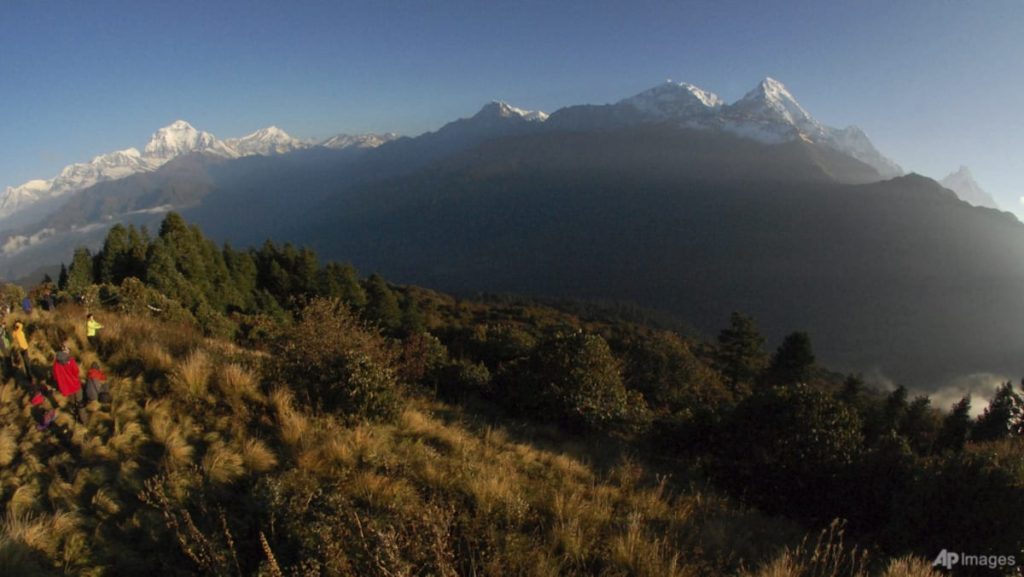Five Russian climbers were reported missing on Mount Dhaulagiri in Nepal over the weekend and were later found dead on the seventh tallest mountain in the world. The climbers had reached a height of 7,700m without the assistance of Sherpa guides and had not been in contact since Sunday night. A search and rescue helicopter located the bodies of all five climbers at an altitude of about 7,600m. It was speculated that they might have been tied to the same rope and one of them could have slipped, causing all five to fall together. One member of the team was evacuated due to exhaustion and is receiving treatment in a hospital in Kathmandu.
The company providing logistics support to the Russian team, ‘I Am Trekking and Expedition’, confirmed the tragic news of the climbers’ deaths on Mount Dhaulagiri. The exact circumstances surrounding their deaths were not immediately available, but it was believed that they had fallen together on the mountain. The team had been climbing without Sherpa guides, a common practice for experienced climbers on such expeditions. The loss of the five Russian climbers highlights the risks involved in high-altitude mountaineering, even for seasoned climbers.
Mountain climbing is a popular and important tourism activity in Nepal, given the country’s abundant supply of high peaks. With eight of the world’s 14 highest mountains within its borders, Nepal attracts climbers from around the world seeking to conquer these towering summits. The tourism industry plays a crucial role in providing employment and income for many Nepalis, including those involved in guiding, logistics, and support services for climbing expeditions. However, the recent tragedy serves as a reminder of the dangers inherent in mountaineering, underscoring the need for safety precautions and experienced guides.
The search and rescue efforts that led to the discovery of the climbers’ bodies were a multi-agency operation involving helicopters and ground teams. The rugged terrain and extreme altitudes of the Himalayas present significant challenges for search and rescue missions, requiring specialized equipment and trained personnel. Despite these challenges, the authorities were able to locate the missing climbers and provide closure to their families and loved ones. The recovery of the bodies will likely involve further logistical challenges due to the remote location and high altitude of the mountain.
The tragic incident on Mount Dhaulagiri serves as a somber reminder of the risks inherent in high-altitude mountaineering and the importance of safety measures in such expeditions. Climbing in the Himalayas requires careful preparation, experience, and caution to minimize the potential dangers posed by extreme weather conditions, avalanches, and difficult terrain. While climbing without Sherpa guides is a personal choice for some experienced mountaineers, it also increases the risks involved in such expeditions. Authorities and climbing companies stress the importance of following safety protocols and guidelines to ensure the well-being of climbers.
The mountaineering community mourns the loss of the five Russian climbers on Mount Dhaulagiri, emphasizing the camaraderie and shared experiences that unite climbers around the world. The tragic outcome of the expedition underscores the unpredictable and dangerous nature of high-altitude climbing, even for those with significant experience. As the climbing season in the Himalayas continues, climbers and expedition teams are reminded to prioritize safety, communication, and preparedness to mitigate risks and ensure a safe return from their adventures. The memory of the five Russian climbers will live on within the mountaineering community, serving as a poignant reminder of the sacrifices and challenges faced by those who seek to conquer the world’s tallest peaks.


